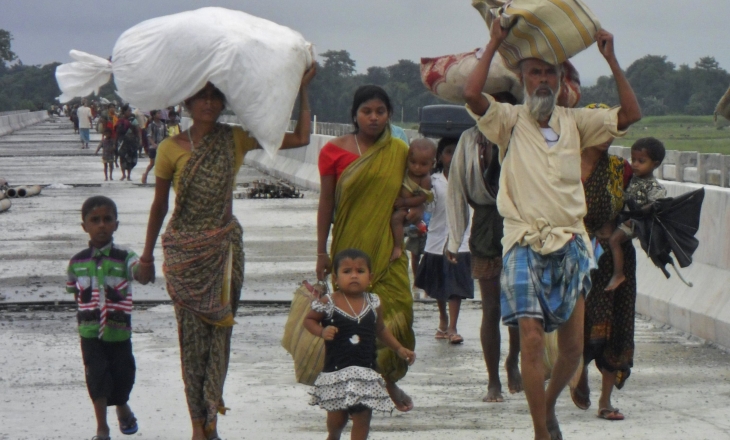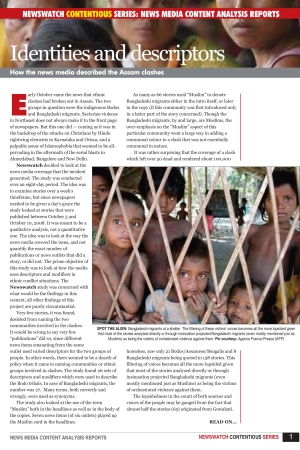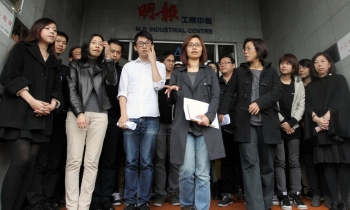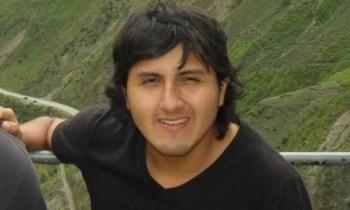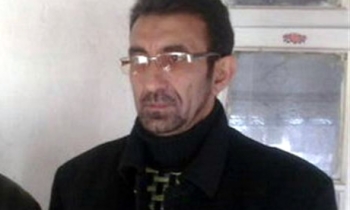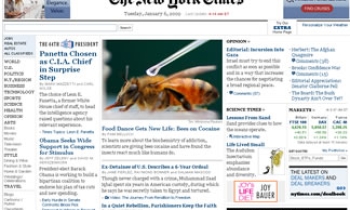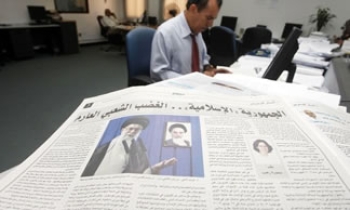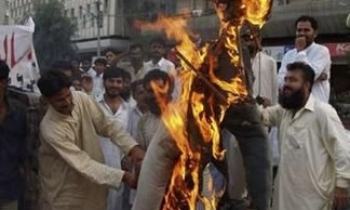Early October came the news that ethnic clashes had broken out in Assam. The two groups in question were the indigenous Bodos and Bangladeshi migrants. Sectarian violence in Northeast does not always make it to the front page of newspapers. But this one did — coming as it was in the backdrop of the attacks on Christians by Hindu rightwing elements in Karnataka and Orissa, and a palpable sense of Islamophobia that seemed to be all-pervading in the aftermath of the serial blasts in Ahmedabad, Bangalore and New Delhi.
Newswatch decided to look at the news media coverage that the incident generated. The study was conducted over an eight-day period. The idea was to examine stories over a week’s timeframe, but since newspapers needed to be given a day’s grace the study looked at stories that were published between October 3 and October 10, 2008. It was meant to be a qualitative analysis, not a quantitative one. The idea was to look at the way the news media covered the issue, and not quantify the exact number of publications or news outlets that did a story, or did not. The prime objective of this study was to look at how the media uses descriptors and modifiers in ethnic conflict situations. The Newswatch study was concerned with what would be the findings in this context; all other findings of this project are purely circumstantial.
Very few stories, it was found, desisted from naming the two communities involved in the clashes. It would be wrong to say very few “publications” did so, since different news items emanating from the same outlet used varied descriptors for the two groups of people. In other words, there seemed to be a dearth of policy when it came to naming communities or ethnic groups involved in clashes. The study found 26 sets of descriptors and modifiers which were used to describe the Bodo tribals. In case of Bangladeshi migrants, the number was 27. Many terms, both correctly and wrongly, were used as synonyms.
The study also looked at the use of the term “Muslim” both in the headlines as well as in the body of the copies. Seven news items (of six outlets) played up the Muslim card in the headlines.
As many as 66 stories used “Muslim” to denote Bangladeshi migrants either in the intro itself, or later in the copy (if this community was first introduced only in a latter part of the story concerned). Though the Bangladeshi migrants, by and large, are Muslims, the over-emphasis on the “Muslim” aspect of this particular community went a large way in adding a communal colour to a clash that was not essentially communal in nature.
It was rather surprising that the coverage of a clash which left over 50 dead and rendered about 100,000 homeless, saw only 21 Bodos/Assamese/Bengalis and 8 Bangladeshi migrants being quoted in 138 stories. This filtering of voices becomes all the more lopsided given that most of the stories analysed directly or through insinuation projected Bangladeshi migrants (even mostly mentioned just as Muslims) as being the victims of orchestrated violence against them.
The lopsidedness in the count of both sources and voices of the people may be gauged from the fact that almost half the stories (65) originated from Guwahati.

